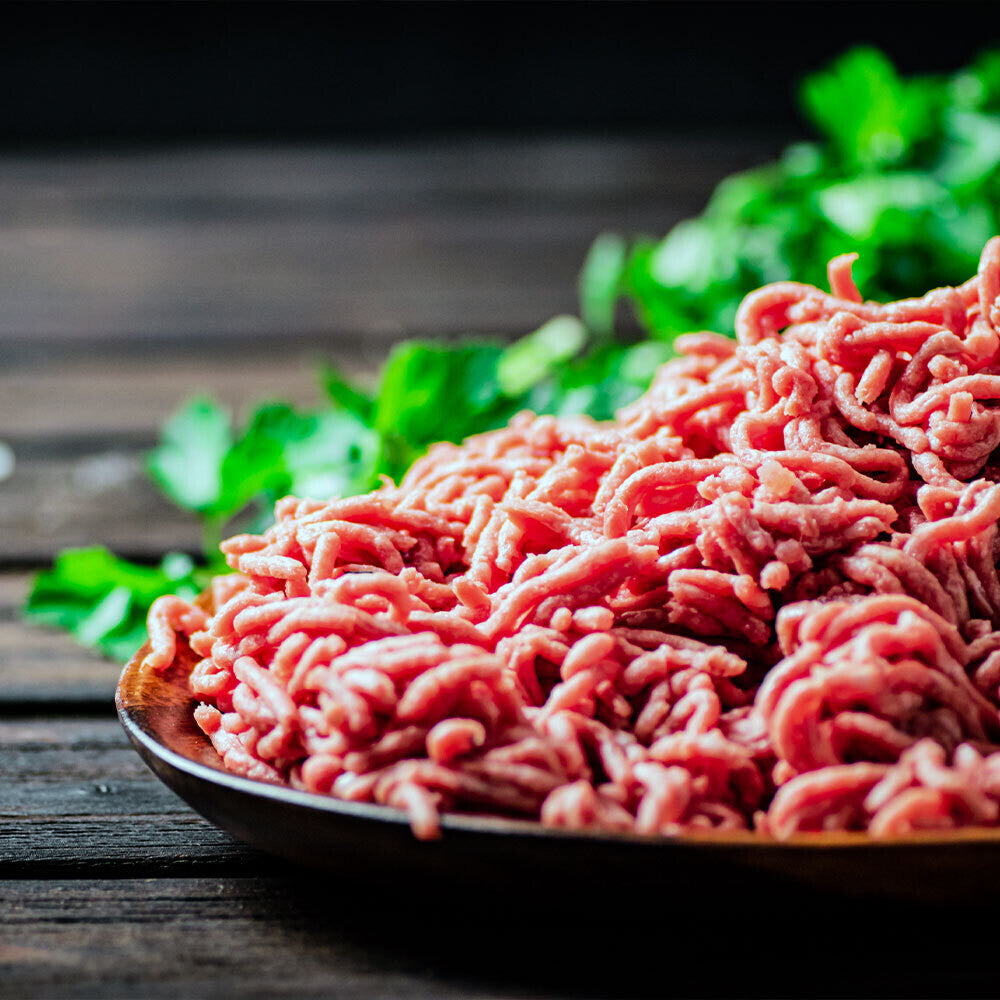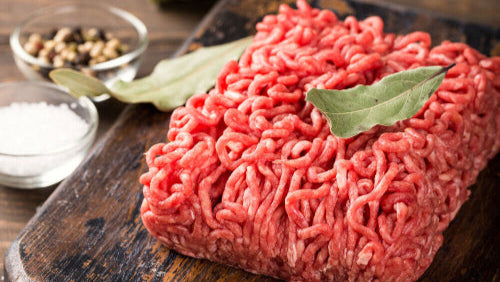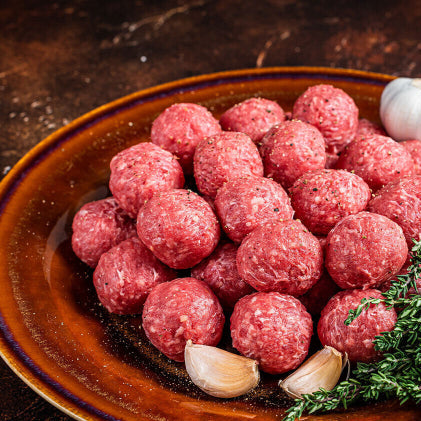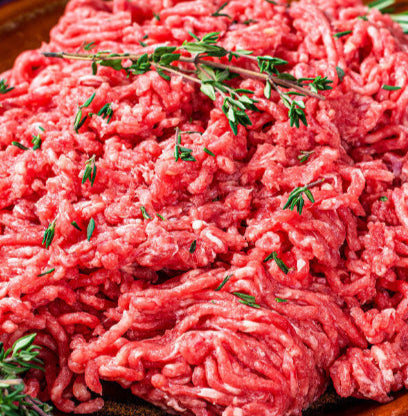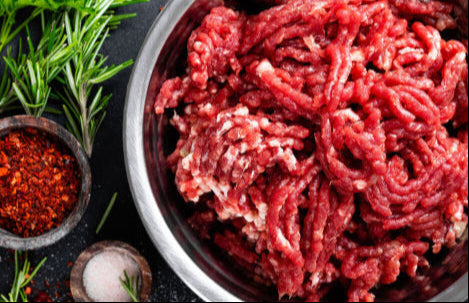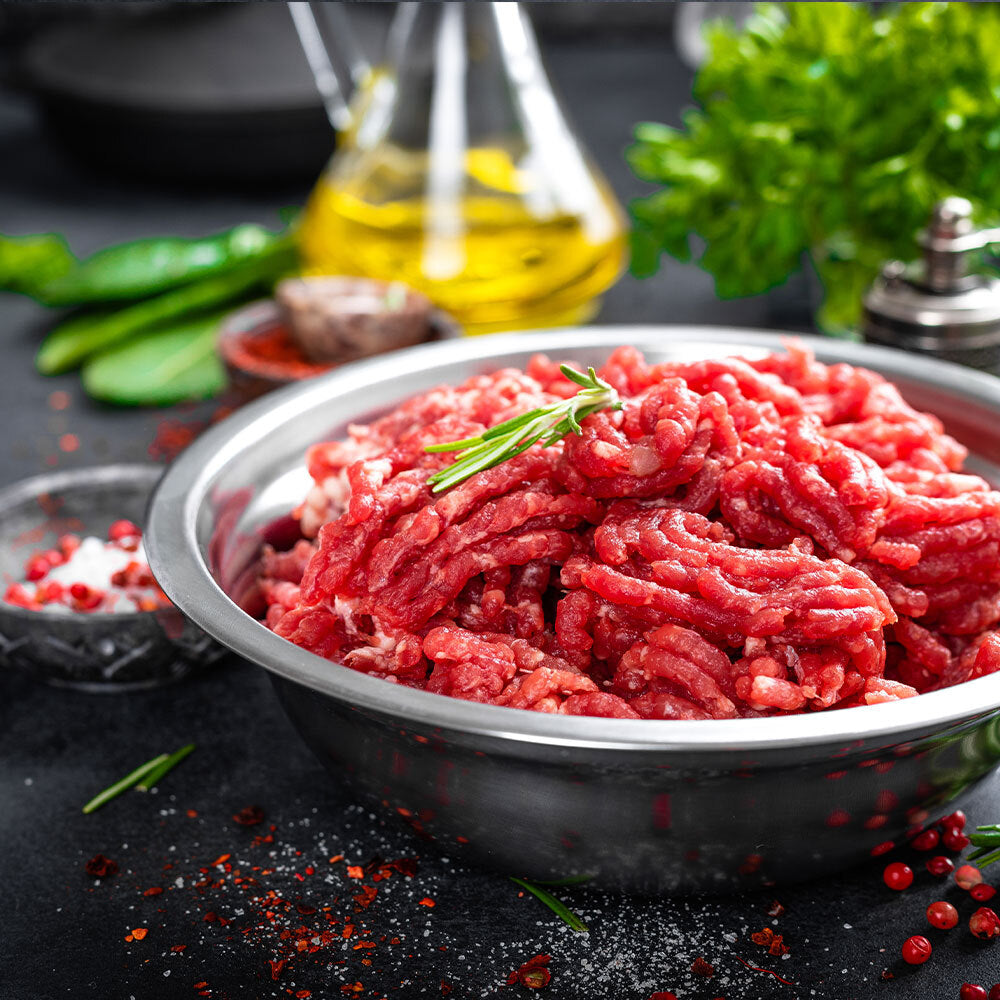
Preserving Fair Farm Strawberries: A Simple Honey Jam Recipe
Preserving Fair Farm Strawberries: A Simple Honey Jam
Strawberry season is short, but preserving some of the harvest allows you to enjoy the taste of summer long after the last berry has been picked. Today, we're turning a batch of Fair Farm strawberries from Greenfield into jars of jam. This recipe is straightforward, even for beginners, and uses pectin to ensure a good set. We're using honey as a sweetener instead of refined sugar. This natural option supports local beekeepers and offers a unique flavor. Local Greenfield Strawberries waiting to turn Into Jam
While large companies encourage us to buy their pre-made products, making your own ensures you know exactly what's in each jar – and it cuts down on unnecessary packaging waste.
Local Greenfield Strawberries waiting to turn Into Jam
While large companies encourage us to buy their pre-made products, making your own ensures you know exactly what's in each jar – and it cuts down on unnecessary packaging waste.
Ingredients:
- 16 cups trimmed strawberries
- 4 cups honey
- 6 tablespoons lemon juice
- 2/3 cup pectin
Equipment:
- Large pot
- Canning jars, lids, and rings
- Water bath canner (or large stockpot with rack)
- Jar lifter and other canning tools (optional, but helpful)
Instructions:
- Prep: Wash jars and lids thoroughly. Keep jars hot in simmering water until you're ready to fill them.
- Mix: Combine strawberries, honey, lemon juice, and pectin in the pot. Crush the berries with a potato masher or similar tool.
 Simmering and mashing the mixture slowly thickens the jam to the right consistency.
Simmering and mashing the mixture slowly thickens the jam to the right consistency.
 Combining simple ingredients to create a flavor that lasts beyond the season.
Combining simple ingredients to create a flavor that lasts beyond the season. - Boil: Bring the mixture to a full rolling boil, stirring constantly.
- Can: Ladle the hot jam into prepared jars, leaving 1/4-inch headspace. Wipe the rims clean, place lids and rings, and tighten to fingertip tightness.
- Process: Place jars in the canner, making sure they're covered with at least an inch of water. Bring to a boil and process for 10 minutes.
 Processing the jars ensures that the jam will stay fresh and flavorful for months to come.
Processing the jars ensures that the jam will stay fresh and flavorful for months to come. - Cool: Remove jars and let them cool undisturbed for 24 hours. Check the seals – the lids should not flex when pressed in the center.
Notes:
Honey sweetness can vary, so taste as you go and adjust to your liking. This recipe yields about 6-8 pints of jam. Always follow safe canning practices to prevent spoilage. This strawberry jam is great on toast, biscuits, in yogurt (how I use it mostly), or by itself. It's a small way to enjoy the season and resist the constant pressure to consume. Plus, homemade gifts from the kitchen are always appreciated!
Previous post
Indiana's Best Chicken? The Case for Pasture-Raised
Next post









